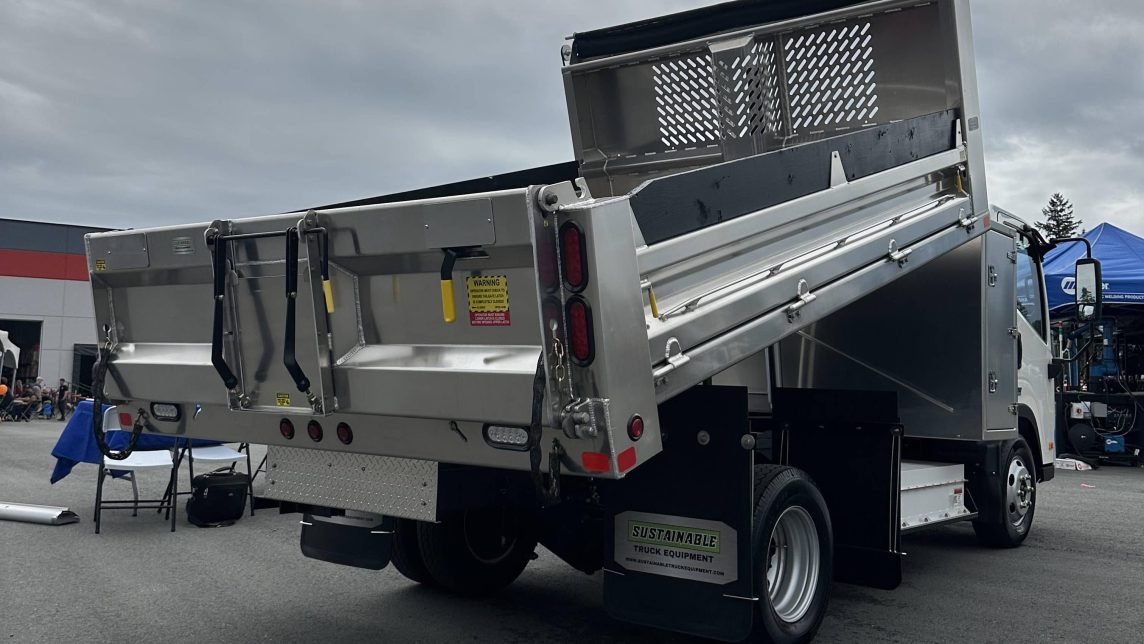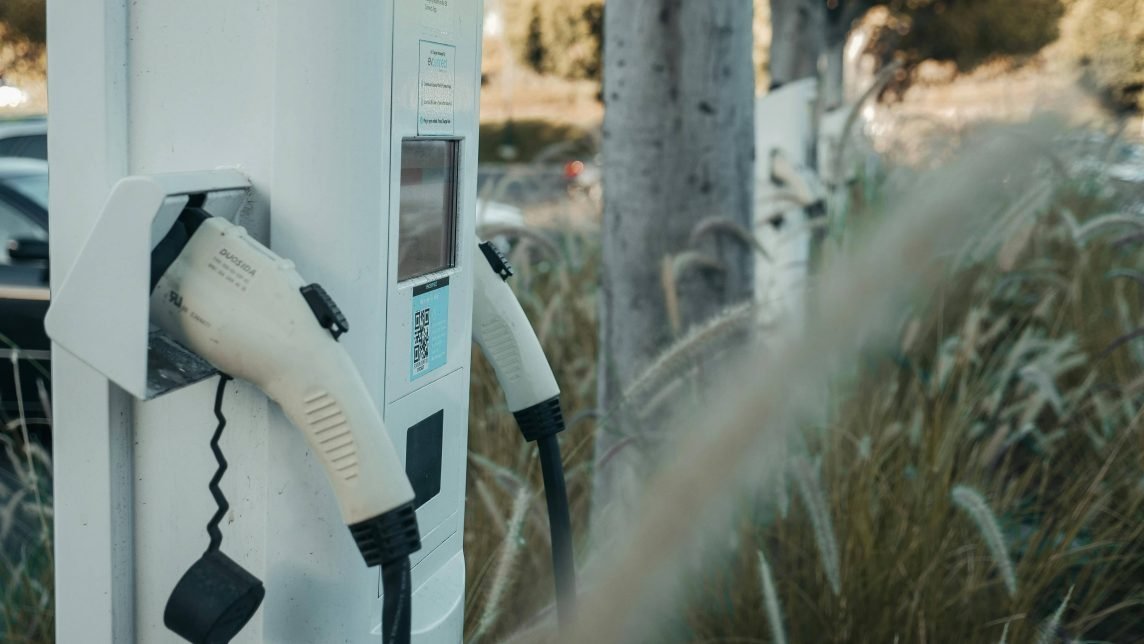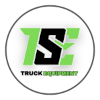Did you know there are numerous government grants available to help upgrade your truck equipment? Learn how to tap into these financial resources to enhance your fleet! Government grants can significantly ease the financial burden of upgrading your truck equipment, especially when transitioning to more sustainable and efficient technologies. Here are some key grants you can look into for truck equipment:
1. Clean Energy Vehicle (CEV) Program
- Benefit: Provides rebates for purchasing electric and hybrid vehicles.
2. Commercial Vehicle Safety and Enforcement (CVSE) Grants
- Benefit: Funding for safety upgrades and compliance with regulatory standards.
3. Green Freight Assessment Program (GFAP)
- Benefit: Grants for assessing and improving the environmental performance of freight operations.
4. Innovative Clean Transit (ICT) Program
- Benefit: Financial support for transitioning to zero-emission vehicles.
5. Low Carbon Economy Fund
- Benefit: Funding for projects that reduce greenhouse gas emissions.
6. Canada Infrastructure Bank (CIB) Financing
- Benefit: Low-cost financing for infrastructure projects, including EV charging stations.
Understanding and utilizing these grants can provide a substantial boost to your fleet’s capabilities and sustainability. For more detailed information on available grants and how to apply, contact us today!
*Disclosure: Grant and rebates are subject to change without notice. Please use all information with discretion and do your own research.




